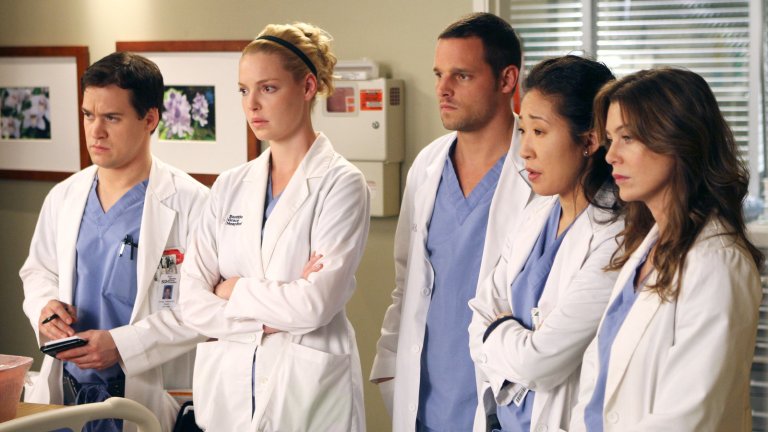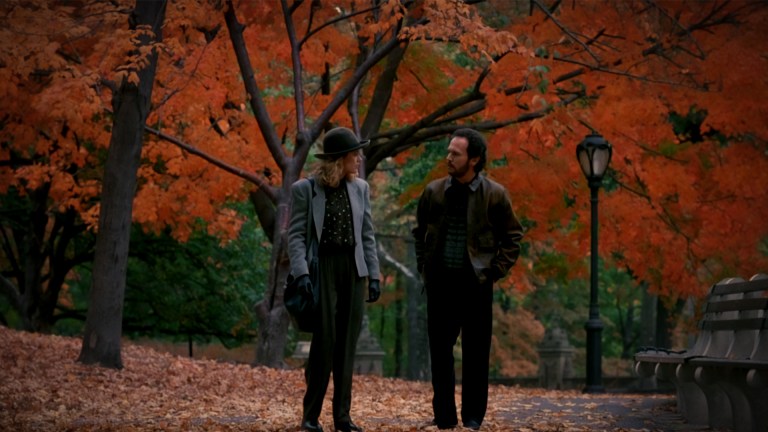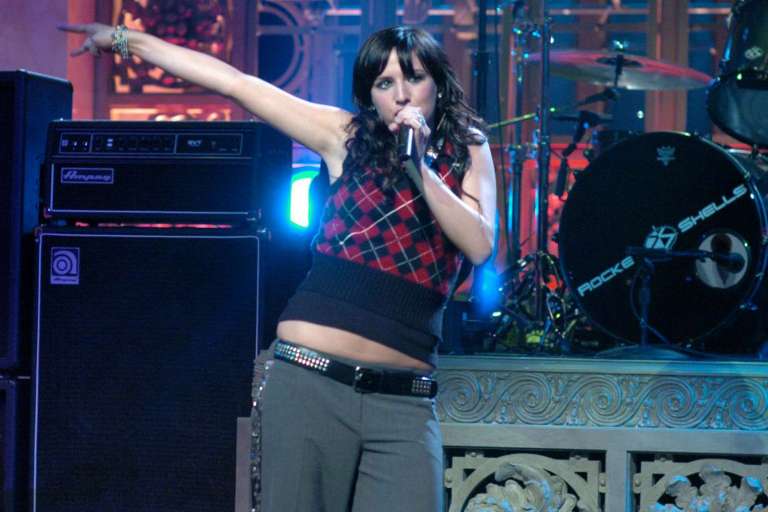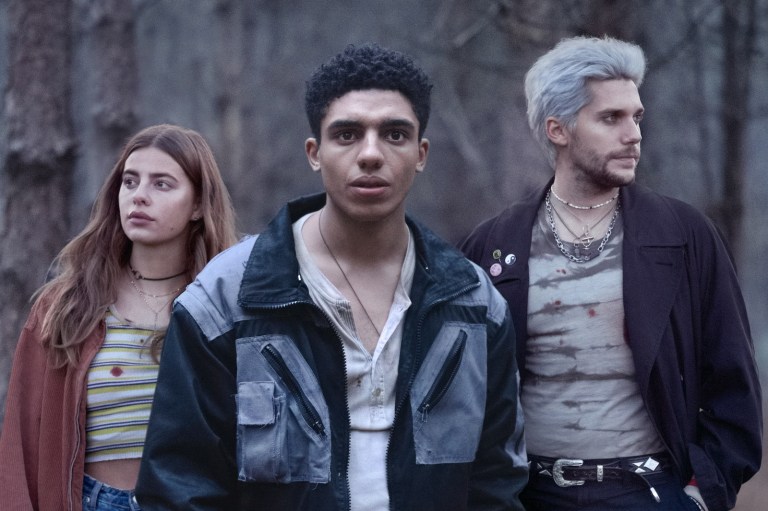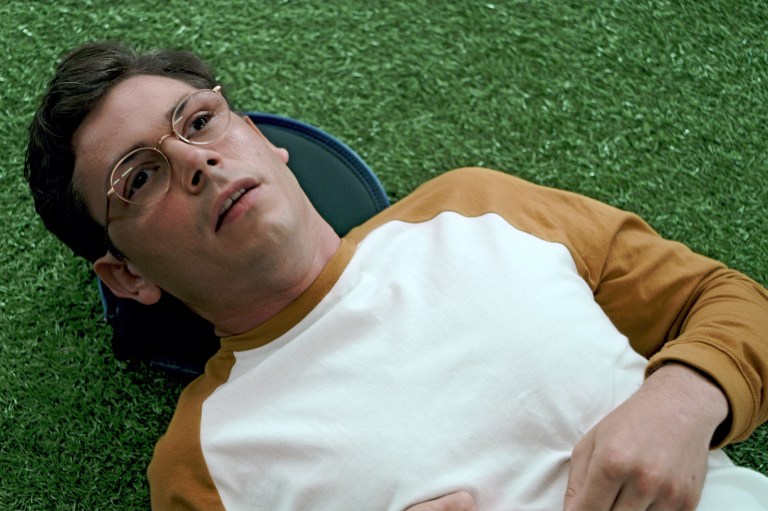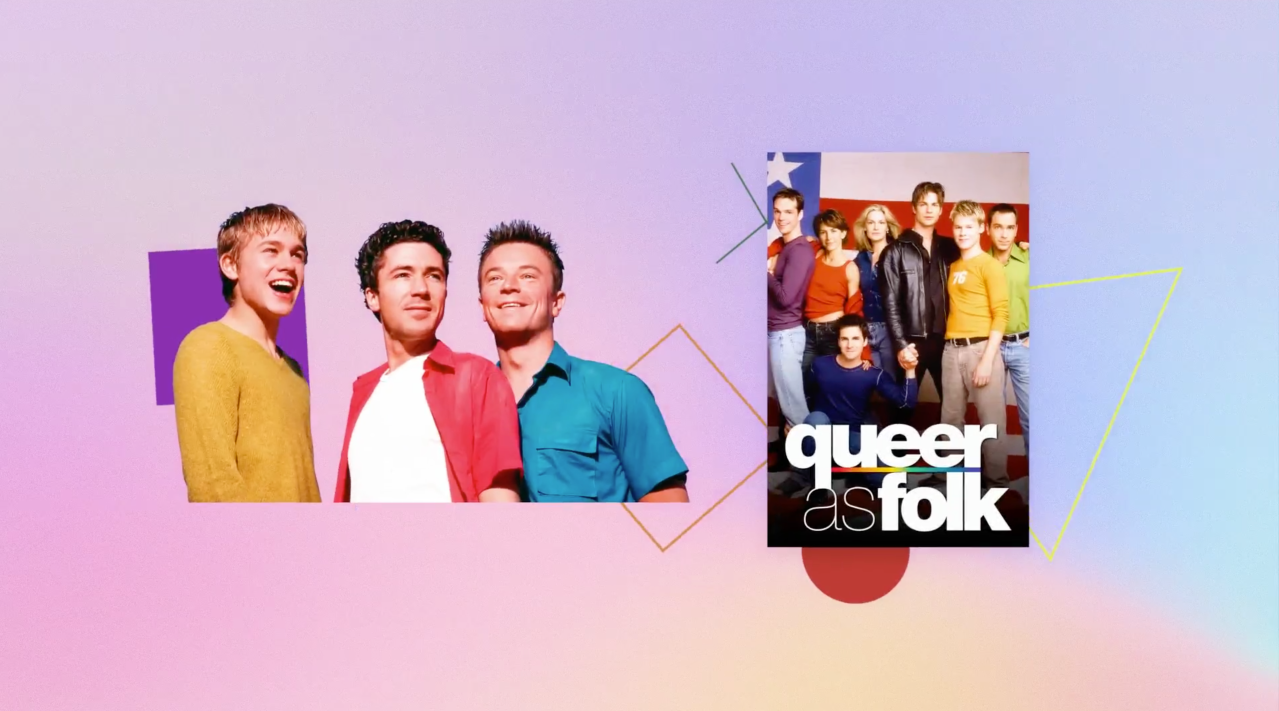
Best LGBTQ+ Television Shows: Queer Moments In Pop Culture
Way before the world was on a first name basis with Ellen Degeneres and audiences fell in love with the Pritchett family, television’s representation of the LGBTQ+ community was…lackluster to say the least. Gay and lesbian characters were portrayed through stereotypes, and transgender characters were either labeled freaks or completely nonexistent. As pop culture evolved, networks became more bold and tested the waters with minor characters, then supporting characters and small subplots, until they realized the queer community was a loyal audience longing for their stories to be told. Queer people were tired of being placed in a box of expectations that limited their identities and life experiences to the way they talked or dressed.
Why did it take so long for TV networks to understand that the gay experience isn’t such a foreign, unfathomable story to cover? It is ultimately just about another human living on earth, wanting acceptance and freedom to love whomever they love. Not every character’s storyline has to surround their sexuality, but their journey on screen can depict their relationships, inner struggles and finding their place within society.
Highly successful tv shows such as Modern Family (2009-2020) and Will & Grace (1998-2020) each ran for over a decade due to the witty writing, impeccable casting and a faithful fanbase. Reality tv also made room for LGBTQ+ representation with RuPaul’s Drag Race (2009-present) and Queer Eye For The Straight Guy (2003-2007) leading to spin-offs; and now, of course, the infamous Tiger King (2020).
From The Ellen Degeneres Show (2003-present) to Glee (2009-2015) to Euphoria (2019), the television industry has transformed the cultural conversation around the queer community by placing more realistic, relatable characters on screen. In our television episode, we dive into the iconic moments in LGBTQ+ television history, highlighting works of some incredible directors, writers and actors.
Check out our Queer Moments In Pop Culture | So What? series to dive into the cultural shifts in attitudes towards queer and trans people and how these shifts have been reflected in pop culture. Over four episodes, we go back in time throughout the history of film, television, music and queer culture, to understand how far we’ve come and become inspired to continue making change for the future.
And if you missed episode 1 of our Queer Moments In Pop Culture series, exploring the evolution of LGBTQ+ representation in film, you can find that episode here.
